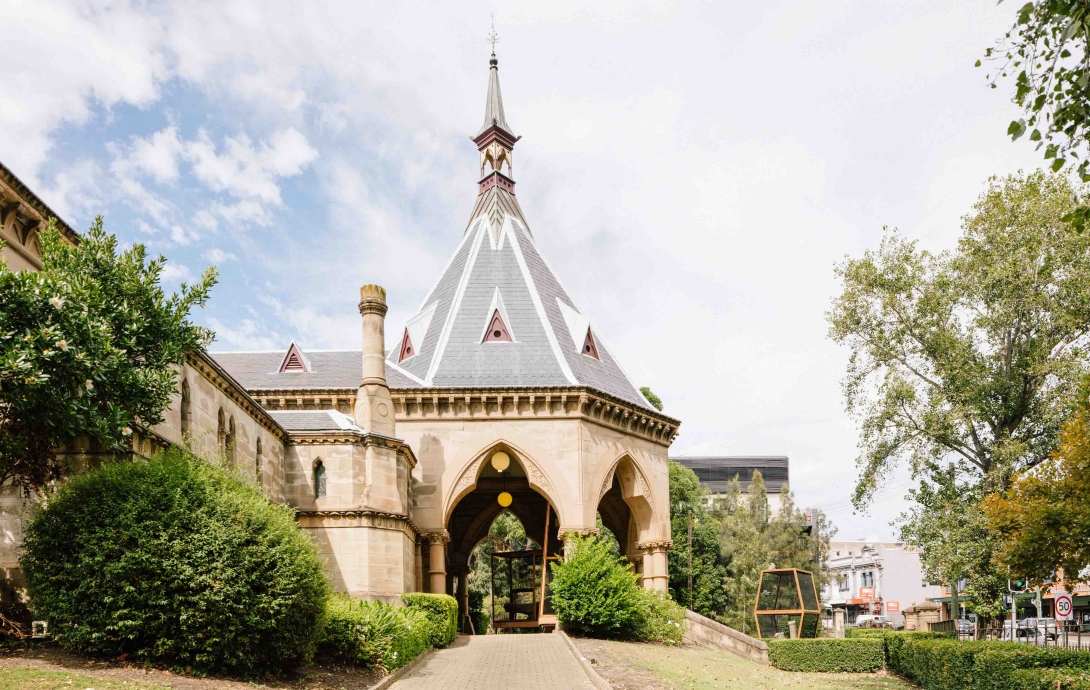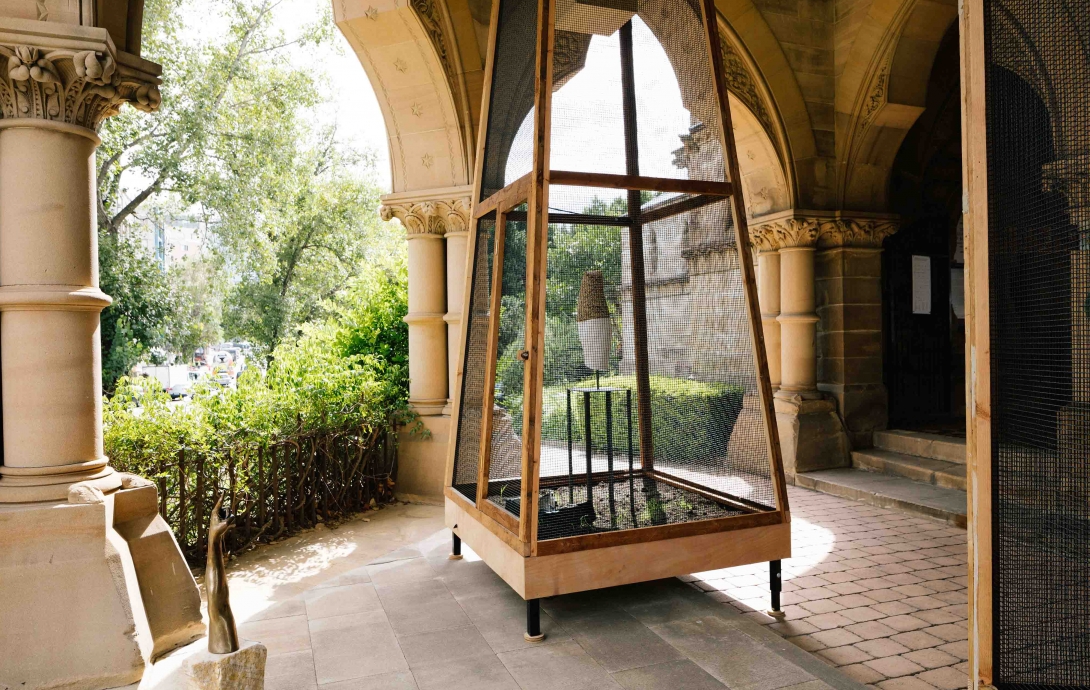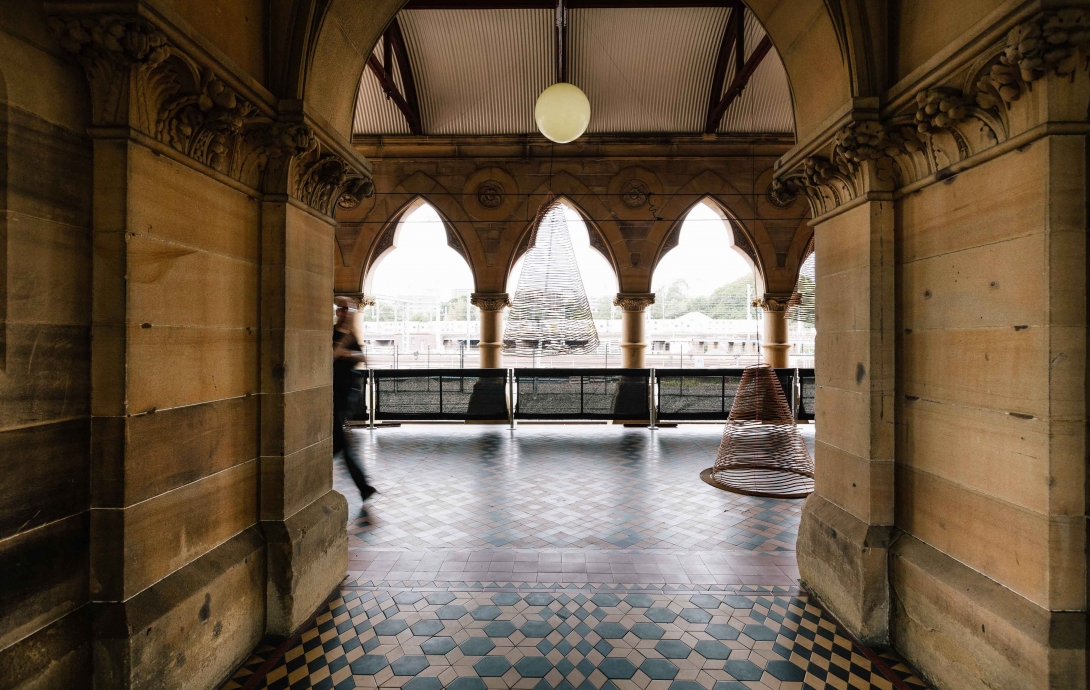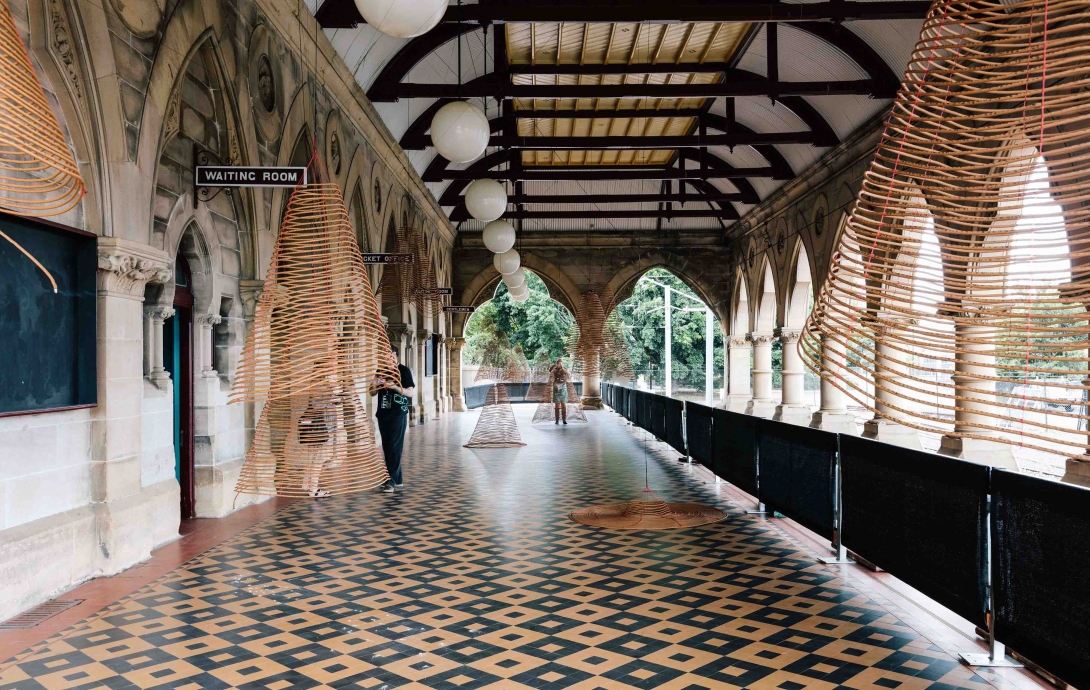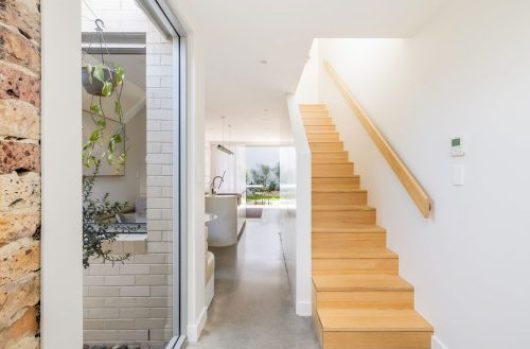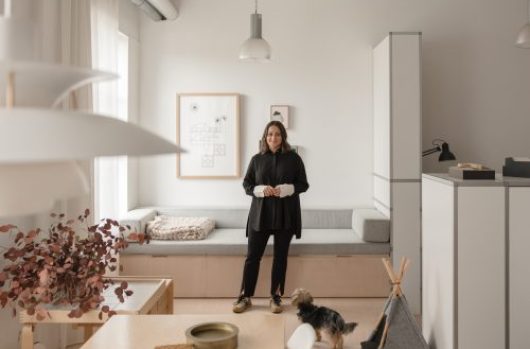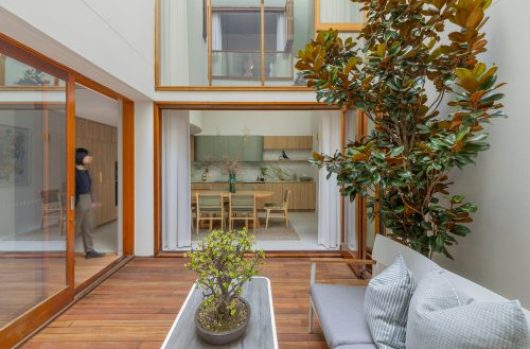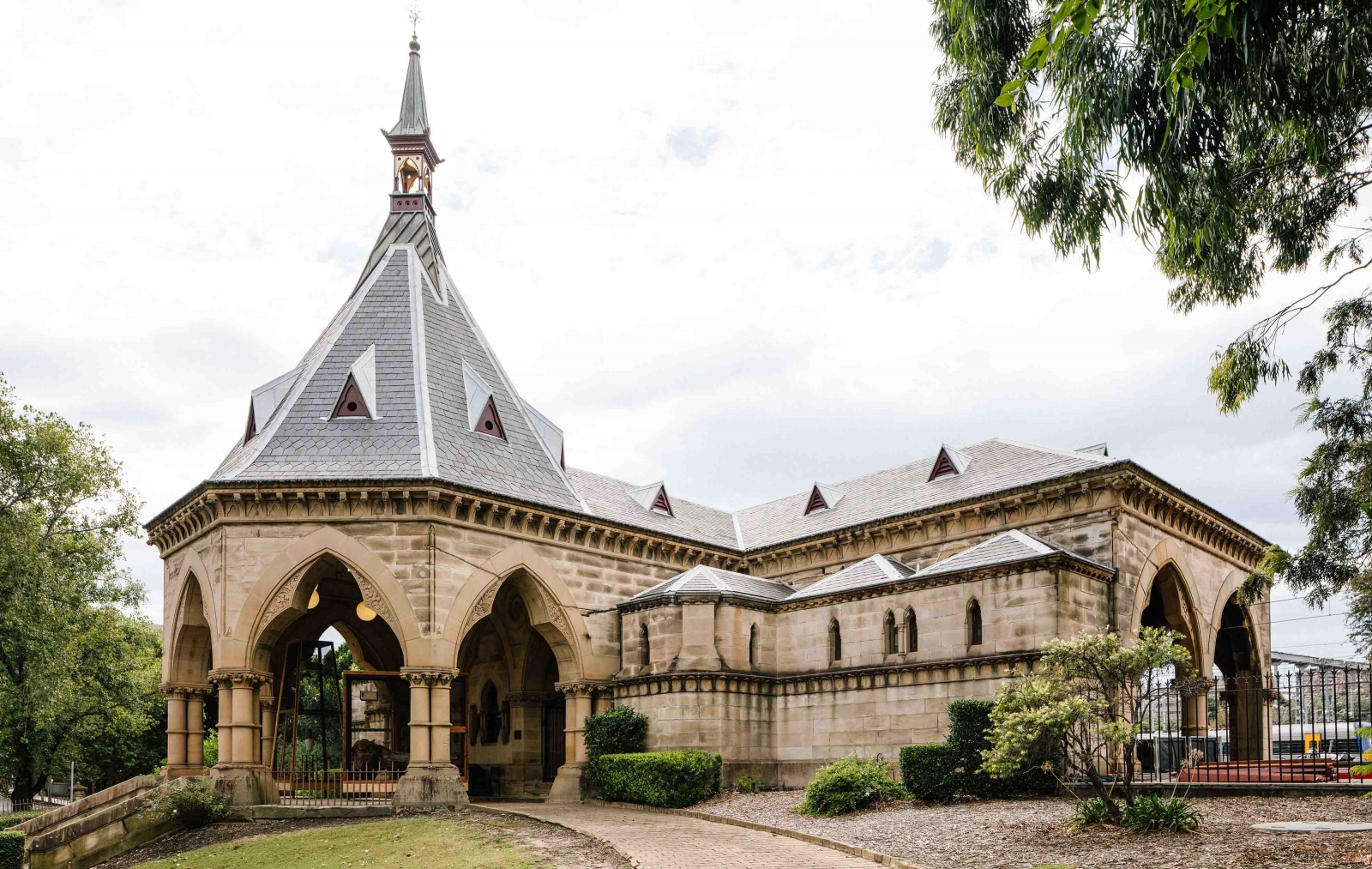
Death and disintegration at Mortuary Station
We’ve all seen Mortuary Station as we’ve made our way into the city by train: the quaint, out-of-place platform with Gothic-looking architecture and no one ever waiting. And we’ve always wondered why it’s there? This mysterious stop on the railway map was used as a funeral station in the nineteenth century, built for trains transporting coffins and mourners from the city to burial grounds at Rookwood Cemetery.
These days it mostly lies eerily empty but sometimes, it breathes new life. In 2014, the Sydney Symphony Orchestra performed there as part of its Vanguard program presented by BresicWhitney. And now, for the first time, it is being used as a powerful venue for the 20th Biennale of Sydney.
This year’s Biennale is split between different sites – or ‘embassies’ of thought – and one of the most striking and stirring is the Embassy of Transition, which finds its home here in Chippendale.
As you might expect, the Embassy of Transition deals in matters of life and death; but it isn’t so black and white. Two artists have been given the opportunity to respond site-specifically to this unique space and have produced works that are both physically arresting and nuanced; meditating on philosophies, rites and life’s big questions.
As you enter the ornate gates from Regent Street and pass through the station’s grounds, you find the work of Marco Chiandetti. The London-based artist works across a range of mediums including sculpture, drawing, performance and installation, and this could be his most experimental endeavour yet. “I think any project where you’re dealing with live animals [is experimental],” he laughs. “There are so many unknowns!” The animals in question are Indian Myna birds, which (as soon as a license is granted) will roost inside Chiandetti’s aviary-style sculptures. Here they will peck away at the seed sculptures that have been cast from Marco’s own body and grass will then grow from the earth below.
“It’s this idea of the cycle of life,” Marco explains, “and of the body – from a Christian philosophy – going back to the earth. Then from the earth springs new life. So the seed sculptures are like the potential of life, life in stasis.”
The piece can be read in different ways, Marco adds. For instance, “[Mortuary Station] is a place about death, and birds in some cultures birds are seen to be carriers of the soul to heaven. And hence there’s the hand that points to heaven,” he says, gesturing to the golden sculpture that sits in between two aviaries.
Moving into the building’s entrance, you might catch the scent of Charwei Tsai’s installation before you see it. A series of large coils of incense hang from the platform’s roof, echoing the shape of its arches and burning slowly. Inscribed on them over and over is a mantra for purification. In a place already charged with the emotion of history, the Taiwanese artist has turned the old station platform into a contemplative, temple-like space. Step into the waiting rooms and you’ll also find video installations ruminating on death.
Charwei is known for her work in calligraphy, installation and film – as well as other mediums – but here she has embarked on two firsts. Never before has she worked in such a large scale, and, as a result she’s enlisted the help of some Tibetan monks to write – and bless – the mantras. She’s also never before dealt with death in her work.
“It’s interesting because when the project was proposed to me, I started to read a lot of books about death,” Charwei recalls. “It’s not a subject that I was particularly interested in. But then my grandmother passed away and it was the closest death in relation to me that I’ve experienced. And so reading all this literature about death really helped me through the process. To understand it.”
The two artists enjoyed working in this space and have responded powerfully and poetically. Marco found a beautiful – but not necessarily easy – venue to interact with, and Charwei found beauty in the station’s original use: “the idea that it’s a transition for the family to accept death.”
They’ve created very different artworks that nonetheless complement each other: designed to disintegrate and transform – as the days pass by – from their original forms into something else… something unknown.
The Biennale of Sydney runs until June 5 2016.
